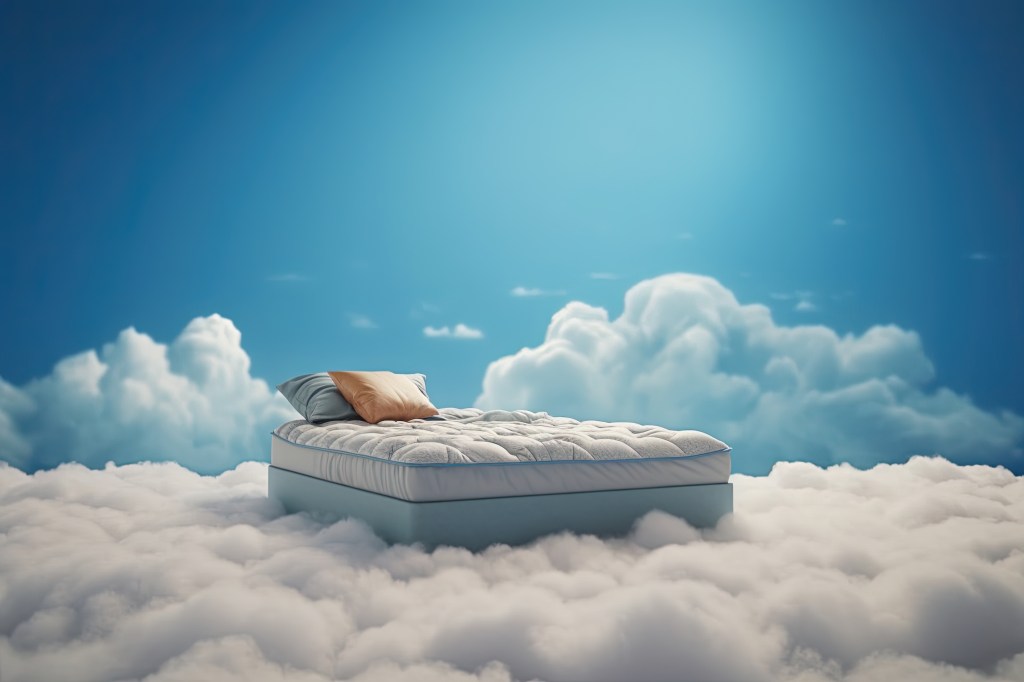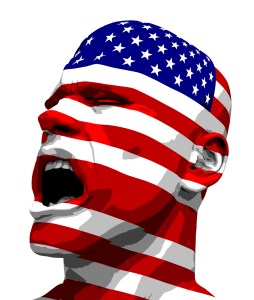
I saw a mattress commercial once that said something like, “You’ll get the good night’s sleep you deserve.” Or maybe it was good dreams. I was taken aback. Do we really deserve a good night’s sleep? The ad appears to not have taken into account new babies and new puppies, known destroyers of a good night’s sleep and neither one a problem solvable with a new mattress. If you’ve recently acquired either a baby or a puppy, a good night’s sleep is not so much something you deserve as something that you desire.
Especially in commercials, there seem to be many things that folks apparently deserve. The most recent one I’ve heard is toilet paper that tears off neatly in pretty scalloped lines. I don’t know about you, but I’ve never desired—or deserved—ass-wipe that made pretty patterns on the roll. I’m satisfied if there is a roll and not just a brown paper tube on the holder. After being stranded once or twice, I won’t even insist on it facing the right way (over the front) as long as it’s there when I need it.
When it comes to what we deserve, I generally think of the very basics. We all deserve to have shelter and food and physical safety. Maslow’s Hierarchy of Needs has these physiological needs as the foundation of its levels of development. Maslow’s theory is that we can’t move on to higher levels of the pyramid until we have completed the ones below. So, until we have our basic needs met, we can’t move on to higher needs like love and belonging, esteem, and self-actualization.
But apart from our basic needs, what do we deserve? Singer-songwriter Mary Chapin Carpenter has some thoughts (or rather Lucinda Williams, who wrote the lyrics). In her song “Passionate Kisses,” she lists “a comfortable bed that won’t hurt my back”—so maybe that mattress is something we deserve after all. Other needs she wants fulfilled are “pens that won’t run out of ink and cool quiet and time to think.” And of course, those passionate kisses. “Shouldn’t I have all of this?” she asks. Yes. Yes, you should, I find myself thinking. Especially the pens. (Those don’t appear on Maslow’s Hierarchy of Needs and neither do passionate kisses, except as a part of the love and belonging tier. But I digress.)
Williams was really onto something. While the comfortable bed and the pens cost money, the cool quiet and the time to think don’t, and neither do the passionate kisses.
I can think of a few other things we deserve as well. Healthcare that won’t bankrupt us. Enough food to stave off hunger, especially for children. Low-cost housing that the working poor can afford. Just to name a few. You know, stuff on the lowest level of Maslow’s Hierarchy.
Unfortunately, those do cost money, which really needs to be provided by social programs that require government funding, either national or local. Charitable organizations can help too, but they can’t shoulder the entire burden. And in the current political climate, funding for social programs is increasingly on the chopping block.
(And no, I’m not suggesting that there should be social programs that would offer funding for pens that don’t run out of ink or passionate kisses. That would be crazy. Maybe there should be a research effort to work on the pen thing, though. But I digress some more.)
For me personally, I think I deserve a mouse and keyboard that won’t run out of juice, a refrigerator that won’t run out of juice, and passionate kisses that won’t run out of juice. My old mattress works just fine.


 This was written seven years ago. Unfortunately, it’s just as relevant today.
This was written seven years ago. Unfortunately, it’s just as relevant today.





 This week I got my first shot of the Moderna vaccine, which was the kind they had at Walmart, where I was able to get an appointment for me and my husband. I don’t really know the difference between that and the Pfizer one, but I do know the Johnson & Johnson one (also called Janssen, for some reason) requires only one shot to be effective and requires less refrigeration than the others.
This week I got my first shot of the Moderna vaccine, which was the kind they had at Walmart, where I was able to get an appointment for me and my husband. I don’t really know the difference between that and the Pfizer one, but I do know the Johnson & Johnson one (also called Janssen, for some reason) requires only one shot to be effective and requires less refrigeration than the others.